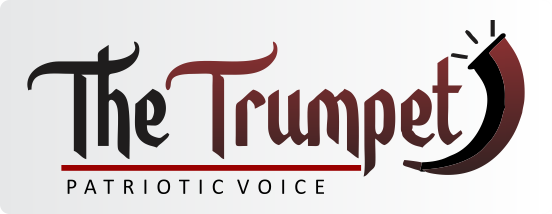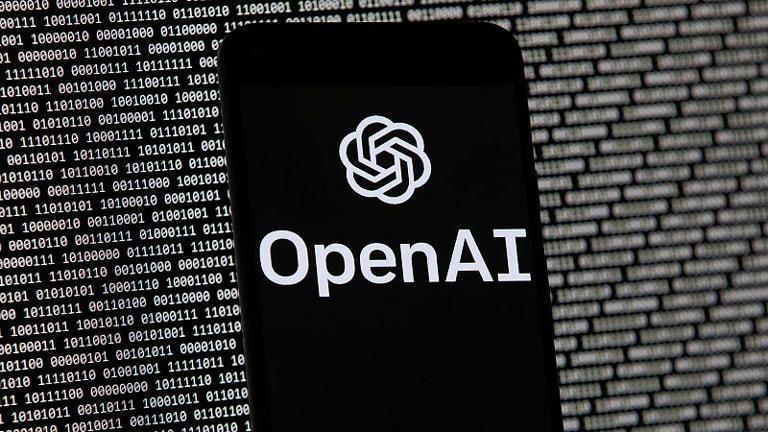The artificial intelligence landscape has been ablaze with competition, innovation, and controversy, and the latest development marks a seismic shift in the industry. OpenAI, the organization behind ChatGPT and earlier GPT models, has reportedly removed nearly all content restrictions from its AI models, a move that some attribute to the escalating “AI war” among tech giants and emerging players. This dramatic pivot has sparked intense debate about the future of AI ethics, accessibility, and the balance between innovation and responsibility.
The past few years have seen an unprecedented acceleration in AI development, often likened to an arms race. Companies like OpenAI, Google, Meta, and xAI, alongside a surge of open-source initiatives, have been locked in a fierce battle to create the most powerful, versatile, and widely adopted AI systems. This competition has driven remarkable advancements—models now generate human-like text, images, and even strategic insights with uncanny precision. However, it has also exposed tensions over control, safety, and the ethical boundaries of AI.
OpenAI, once a pioneer in cautious AI deployment, has faced mounting pressure to keep pace. Rivals like xAI, with its unrestricted Grok model, and open-source projects offering unfettered access to powerful tools, have challenged OpenAI’s dominance. Posts on X and industry chatter suggest that users have grown frustrated with ChatGPT’s stringent content filters, which often blocked creative or controversial queries with “content violation” warnings. Meanwhile, competitors have capitalized on this, marketing their models as freer and more adaptable.
This intense rivalry appears to have pushed OpenAI to a tipping point. According to recent reports and sentiment on platforms like X, the company has begun dismantling its censorship mechanisms, signaling a bold departure from its historically guarded approach.
Read Also: Port Harcourt Tech Expo 2025 to hold in May
Up until early 2025, OpenAI maintained a robust framework of usage policies designed to prevent misuse of its models. These included explicit bans on generating harmful content, such as hate speech, misinformation, or material related to “weapons development” or “military and warfare.” The company also employed aggressive moderation to limit explicit or controversial outputs, a move that earned both praise for its responsibility and criticism for stifling creativity.
Now, evidence suggests that OpenAI has rolled back these restrictions significantly. While official confirmation from the company remains pending as of February 20, 2025, posts on X and early user experiences indicate that ChatGPT and other OpenAI products are responding to prompts that were previously off-limits. Historical reenactments, edgy humor, and even hypothetical discussions once flagged as “violations” are now being entertained by the models. This aligns with a broader update to OpenAI’s Model Spec, announced earlier this month, which emphasized “intellectual freedom” and customizability over rigid guardrails.
The shift isn’t entirely without precedent. In January 2024, OpenAI quietly removed its blanket ban on military applications, a decision that foreshadowed its willingness to adapt policies under pressure. That change opened the door to defense contracts, such as partnerships with Anduril and the Pentagon, despite initial resistance from its safety-focused roots. Today’s move appears to be an even bolder leap, potentially driven by the need to stay competitive in a market where unrestricted AI is gaining traction.
Several factors likely contributed to OpenAI’s decision to loosen its grip on content restrictions:
Competitive Pressure: The rise of uncensored alternatives like xAI’s Grok and open-source models has shifted user expectations. As one X user noted, “OpenAI had to ditch the nanny filters or risk losing to players who don’t care about playing it safe.” In an AI war, market share is king, and restrictive policies may have been costing OpenAI its edge.
User Demand: Developers and casual users alike have long called for fewer limitations. Feedback from the OpenAI community, including pleas for a “grown-up mode” endorsed by CEO Sam Altman in late 2024, highlighted a desire for models that trust users to explore without constant oversight.
Evolving Ethics Debate: The AI industry is grappling with how to balance safety and freedom. OpenAI’s updated Model Spec reflects a growing belief that users and AI should “seek the truth together,” rather than having boundaries imposed unilaterally. This philosophical shift may be a response to critics who argue that over-censorship infantilizes users and hampers intellectual progress.
Strategic Positioning: With rivals eyeing lucrative sectors like defense and entertainment—where unrestricted AI can thrive—OpenAI may be repositioning itself as a versatile, all-purpose player. Removing content barriers could attract new customers and use cases, from creative industries to national security.
The removal of content restrictions is a double-edged sword. On one hand, it unleashes unprecedented creative potential. Writers, artists, and researchers can now push boundaries without tripping over moderation hurdles. Historical simulations, speculative fiction, and raw debates—once stifled—are now fair game, potentially enriching the AI’s utility and appeal.
However, the risks are stark. Unrestricted models could amplify misinformation, generate harmful content, or be weaponized by bad actors. The military applications already in motion, such as OpenAI’s work with Anduril to counter drone threats, hint at how far-reaching the consequences could be. Critics warn that without guardrails, AI might exacerbate societal divides or enable unethical uses that OpenAI once vowed to prevent.
Safety experts are particularly alarmed. Heidy Khlaaf, a machine learning safety researcher, previously cautioned that large language models’ biases and inaccuracies could lead to “imprecise and biased operations” in sensitive contexts. Removing restrictions might magnify these flaws, especially if the AI war prioritizes speed and scale over scrutiny.
OpenAI’s pivot is a gamble in a high-stakes game. By shedding its content restrictions, it’s betting that user goodwill and innovation will outweigh the fallout from potential misuse. The company has hinted at maintaining some oversight—perhaps through customizable settings or post-hoc monitoring—but the details remain murky as of February 20, 2025.
The broader AI war shows no signs of slowing. As competitors react, we may see a race to the bottom on restrictions, with each player vying to offer the most unfiltered experience. Alternatively, public backlash or regulatory crackdowns could force a reckoning, compelling OpenAI and others to reinstate limits.
For now, the AI community watches with bated breath. Will this unleash a golden age of creativity, or a Pandora’s box of unintended consequences? One thing is certain: the battle for AI supremacy just got a lot more intense—and OpenAI is no longer playing it safe.






